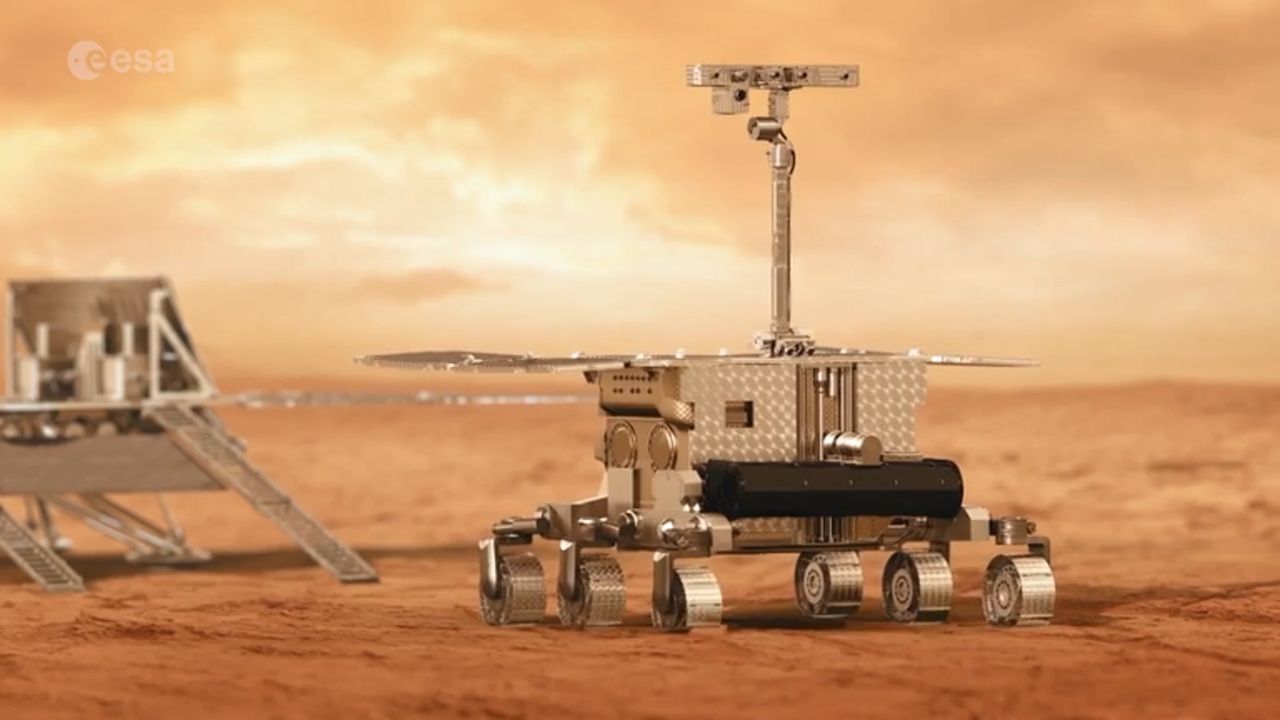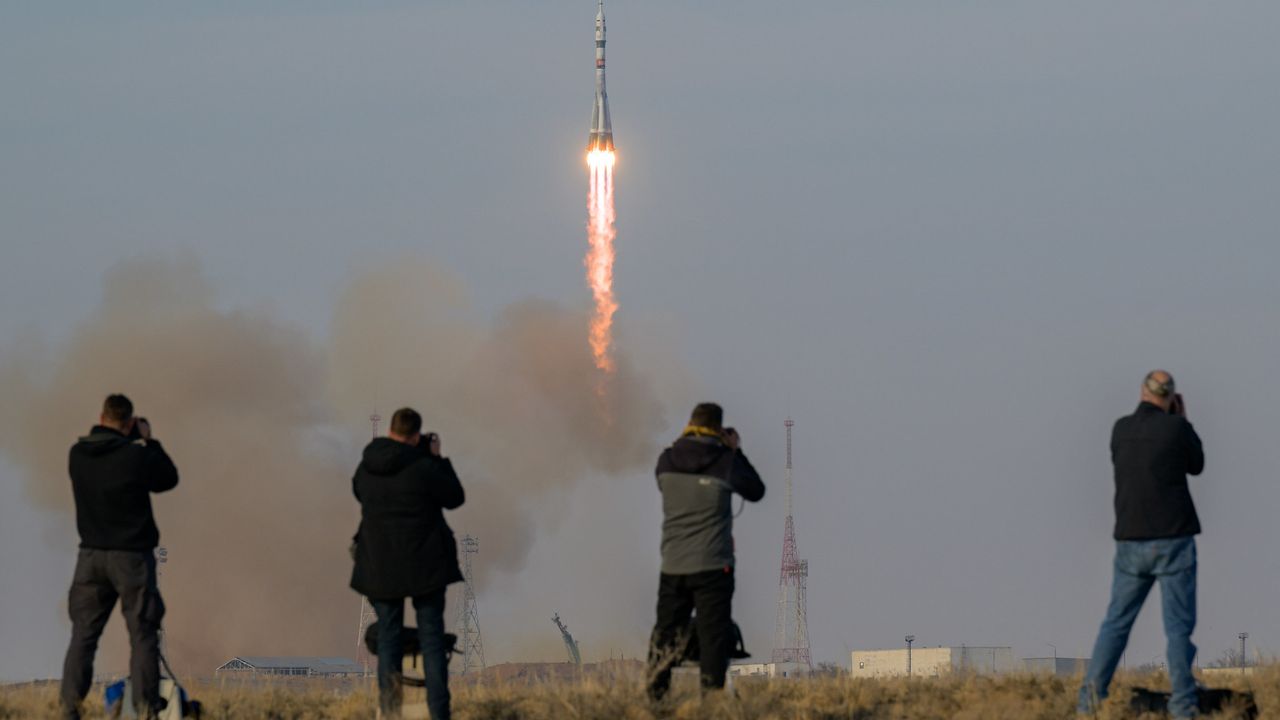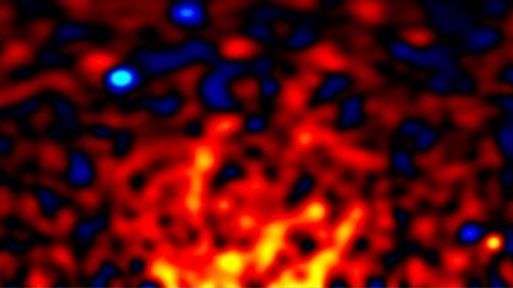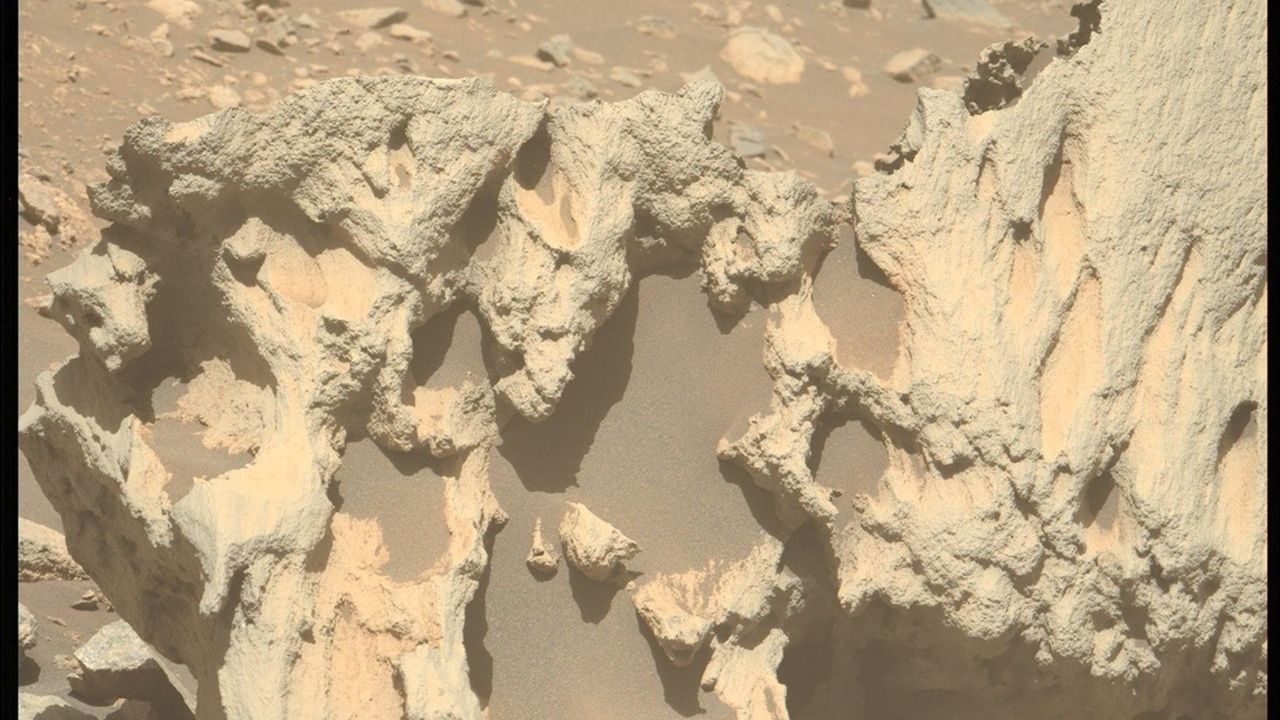Did a NASA telescope really 'see' dark matter? Strange gamma-rays spark bold claims, but scientists urge caution
NeutralScience
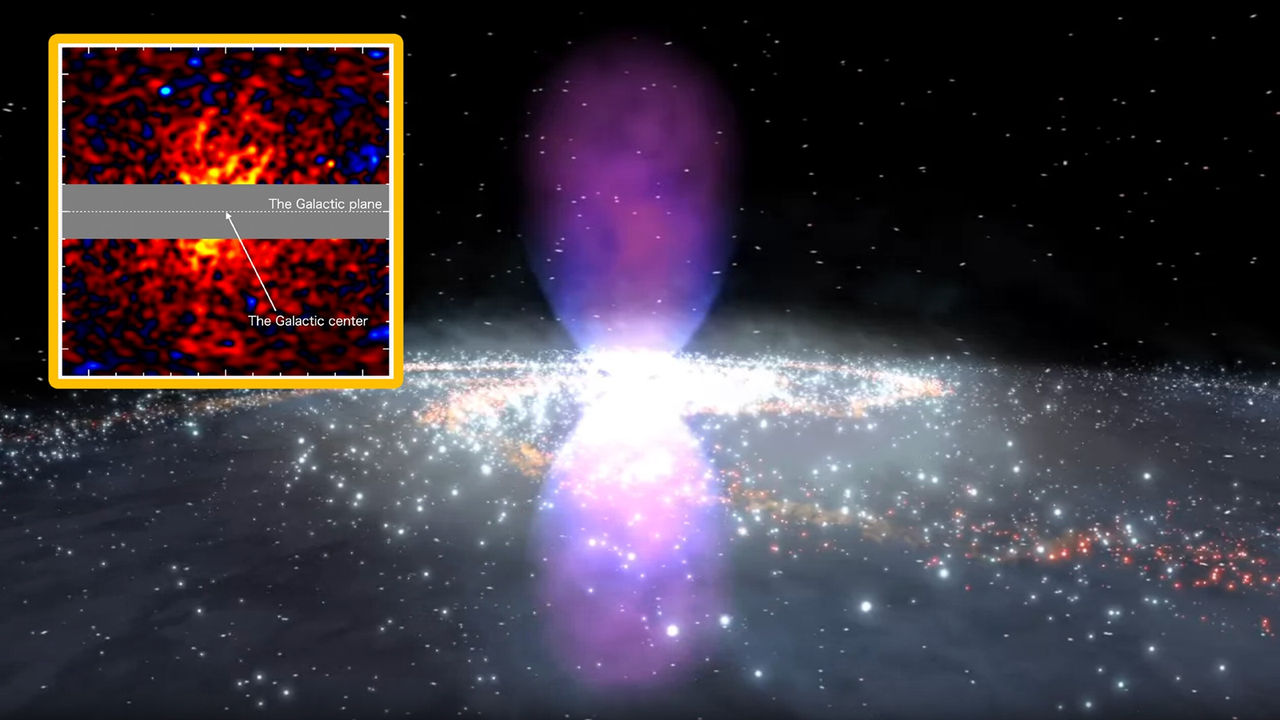
- Observations from NASA's Fermi space telescope suggest the presence of a dark matter halo surrounding the center of the Milky Way galaxy, sparking significant interest in the scientific community. However, researchers emphasize the need for further data to validate these findings and understand their implications.
- The potential detection of dark matter is a pivotal moment in astrophysics, as it could provide insights into the composition of the universe and the fundamental forces at play. This elusive substance is believed to make up a substantial portion of the universe's mass, and confirming its existence could reshape current theories.
- This development aligns with ongoing efforts in the scientific community to unravel the mysteries of dark matter, which has long been a topic of debate and investigation. Recent discoveries, such as the identification of dark matter in the 'Einstein cross,' highlight the evolving understanding of cosmic structures and the complexities of the universe, suggesting that the quest to fully comprehend dark matter is far from over.
— via World Pulse Now AI Editorial System
